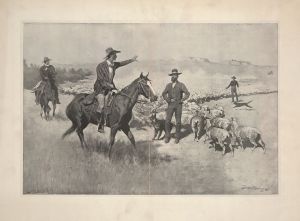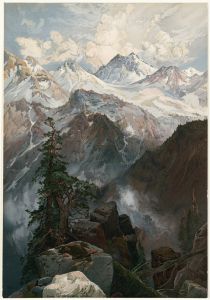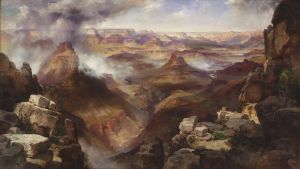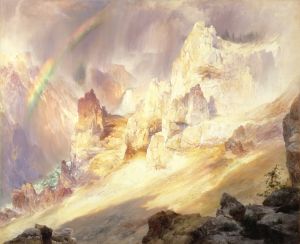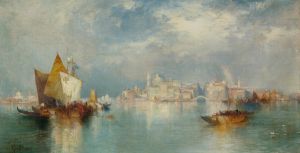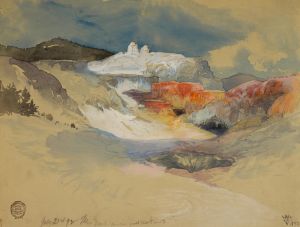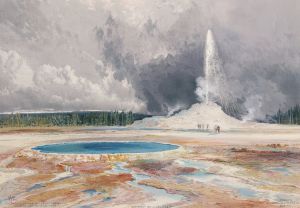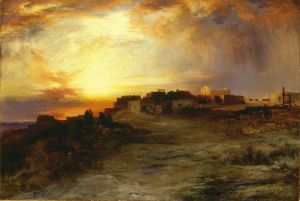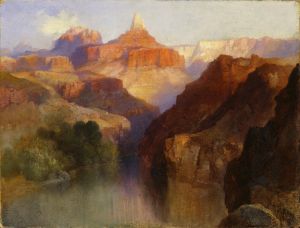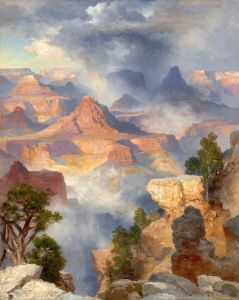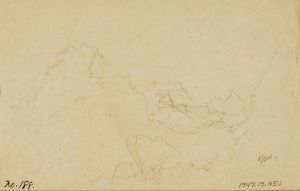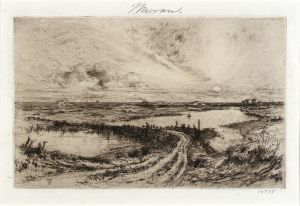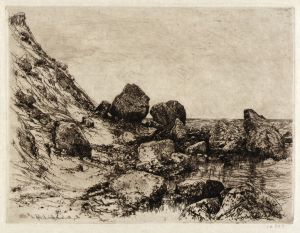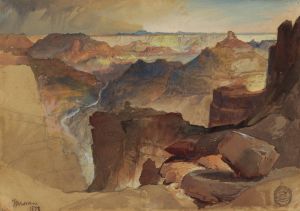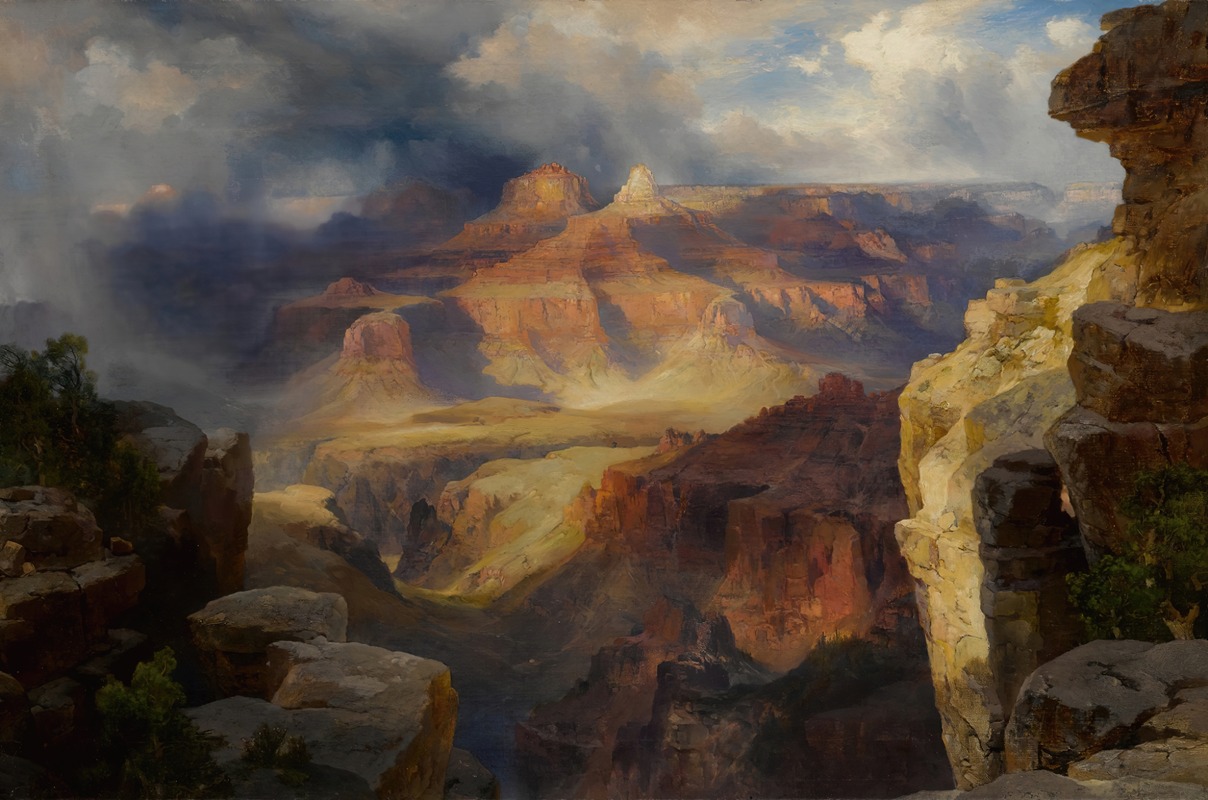
Grand Canyon, Arizona
A hand-painted replica of Thomas Moran’s masterpiece Grand Canyon, Arizona, meticulously crafted by professional artists to capture the true essence of the original. Each piece is created with museum-quality canvas and rare mineral pigments, carefully painted by experienced artists with delicate brushstrokes and rich, layered colors to perfectly recreate the texture of the original artwork. Unlike machine-printed reproductions, this hand-painted version brings the painting to life, infused with the artist’s emotions and skill in every stroke. Whether for personal collection or home decoration, it instantly elevates the artistic atmosphere of any space.
"Grand Canyon, Arizona" is a painting by the American artist Thomas Moran, renowned for his depictions of the American West. Completed in 1908, this oil-on-canvas artwork captures the grandeur and vastness of the Grand Canyon, one of the most iconic natural landmarks in the United States. Moran's work is celebrated for its dramatic use of light, color, and scale, which convey the awe-inspiring beauty of the canyon's rugged cliffs and expansive vistas.
Thomas Moran (1837–1926) was a key figure in the Hudson River School and later associated with the Rocky Mountain School of landscape painting. His artistic career was deeply influenced by his travels to the American West, particularly his participation in the 1871 Hayden Geological Survey to Yellowstone. Moran's sketches and paintings from this expedition played a significant role in the establishment of Yellowstone as the first national park in 1872. Similarly, his works depicting the Grand Canyon helped to elevate public awareness and appreciation of the region's natural beauty.
"Grand Canyon, Arizona" reflects Moran's mastery of landscape painting and his ability to evoke the sublime. The painting features a sweeping view of the canyon, with its layered rock formations rendered in warm, earthy tones. The interplay of sunlight and shadow across the canyon walls creates a sense of depth and dynamism. Moran's attention to detail and his use of atmospheric effects, such as the hazy sky and distant horizon, enhance the painting's realism while also imbuing it with a sense of wonder.
Moran first visited the Grand Canyon in 1873, and the landscape left a profound impression on him. Over the course of his career, he returned to the site multiple times, producing numerous sketches, watercolors, and oil paintings inspired by the canyon. "Grand Canyon, Arizona" is one of his later works and demonstrates his continued fascination with the subject. The painting is part of a broader body of work that contributed to Moran's reputation as one of the foremost interpreters of the American West.
Today, "Grand Canyon, Arizona" is held in the collection of the Smithsonian American Art Museum in Washington, D.C. It remains a testament to Moran's artistic legacy and his role in shaping the visual and cultural understanding of the American landscape. The painting is frequently cited as an example of how art can influence public perception and inspire conservation efforts, reflecting the enduring impact of Moran's vision.





